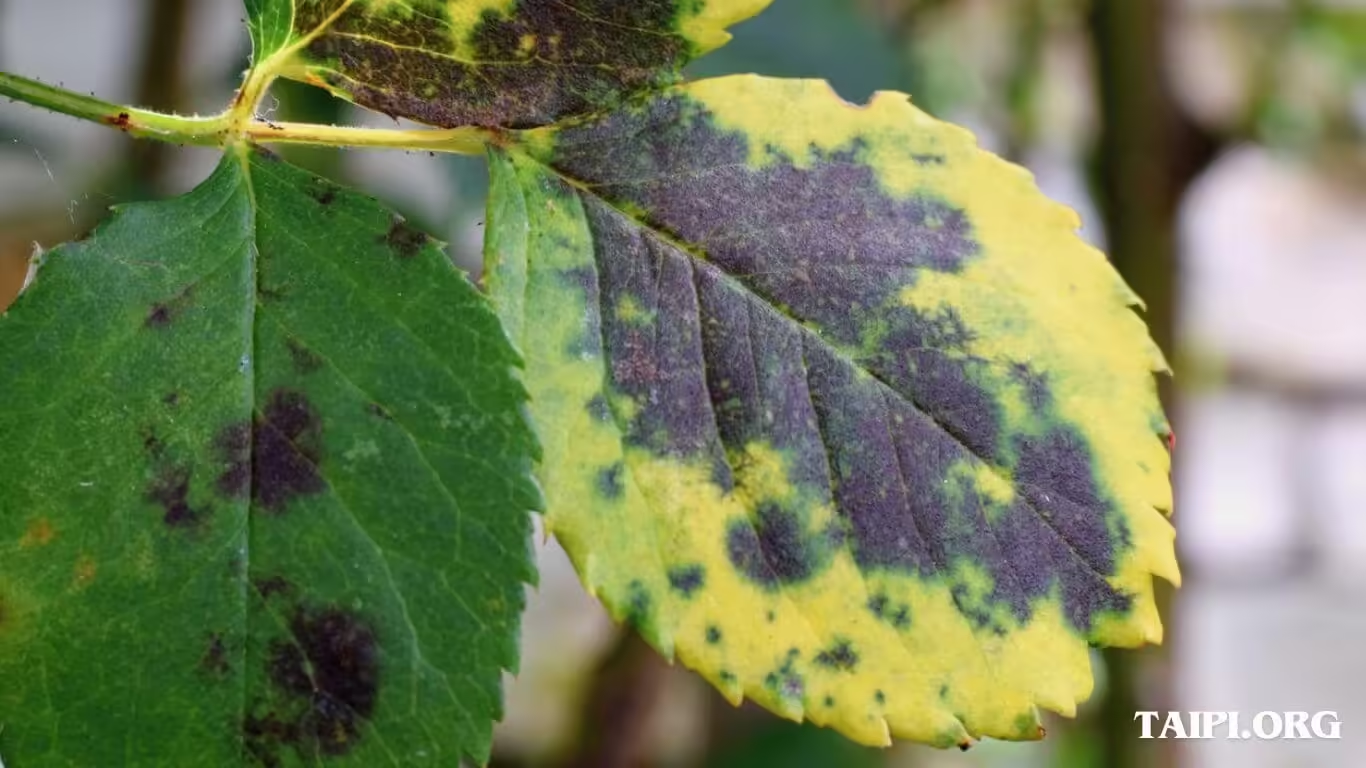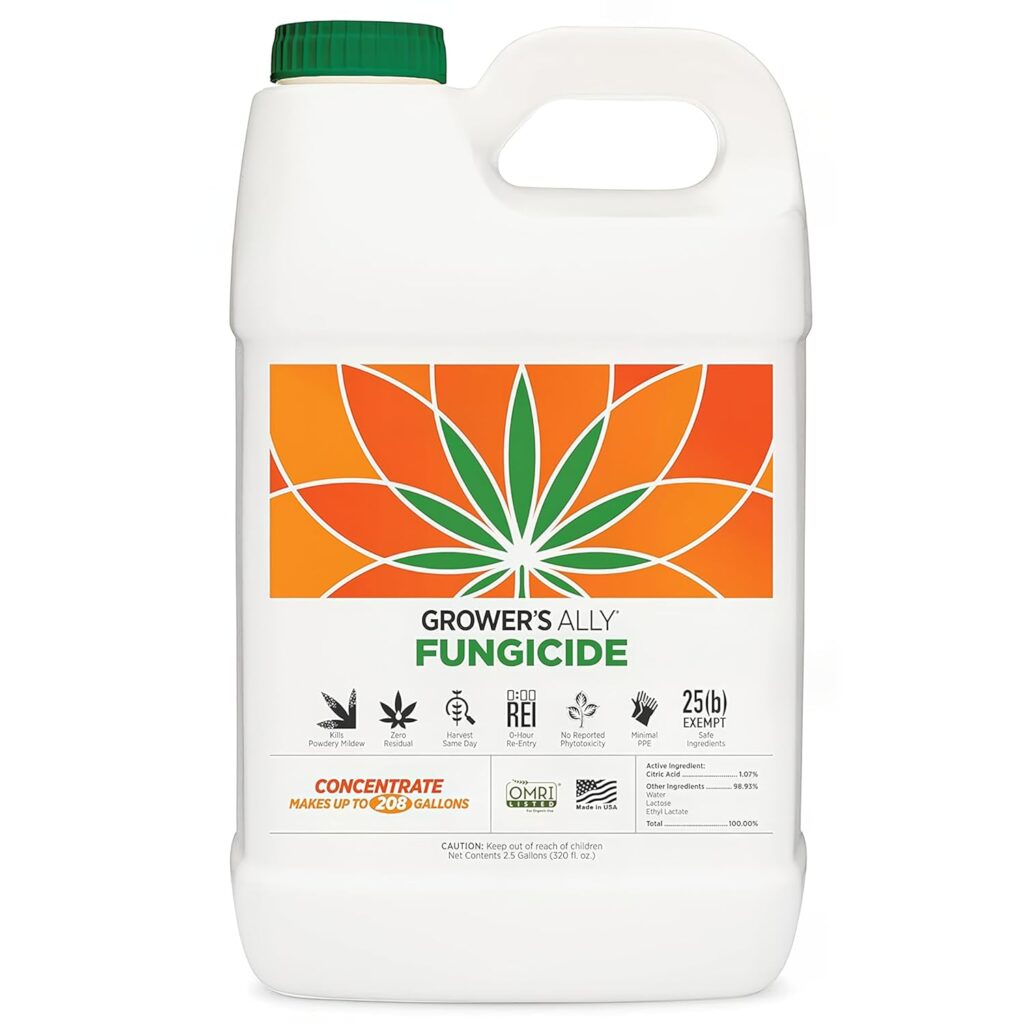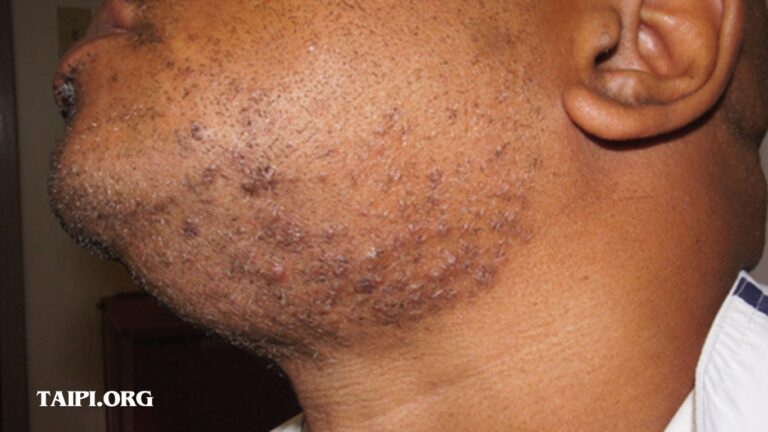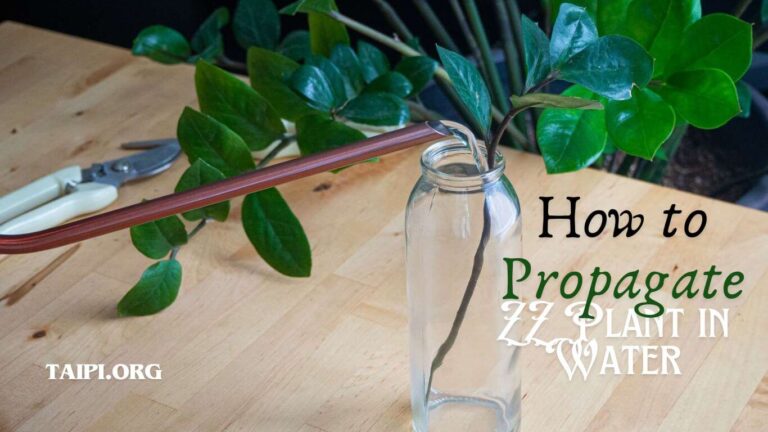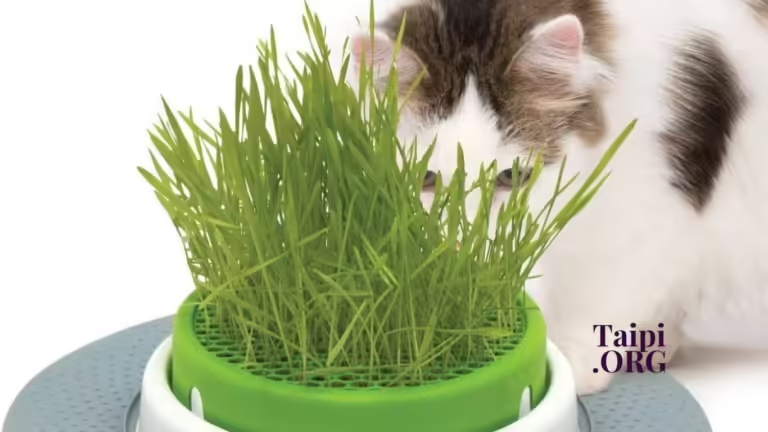Houseplant Leaves Turning Black (Causes + Solutions)
YOU MAY be disheartened even demoralized when your houseplant leaves are turning black. However, understanding the potential causes can help you diagnose and address the issue effectively.
Causes of houseplant leaves turning black include overwatering, fungal or bacterial infections, nutrient deficiencies, pest infestations, or environmental stressors like low humidity or extreme temperatures.
But do not be quick to jump to conclusions about the cause of leaves turning black on houseplants. Take your time to study the signs and symptoms as the following section shows.
Related: 15 Black Houseplants No One Told You About
6 Causes of Houseplant Leaves Turning Black
Here are the main reasons your houseplant leaves are turning black.
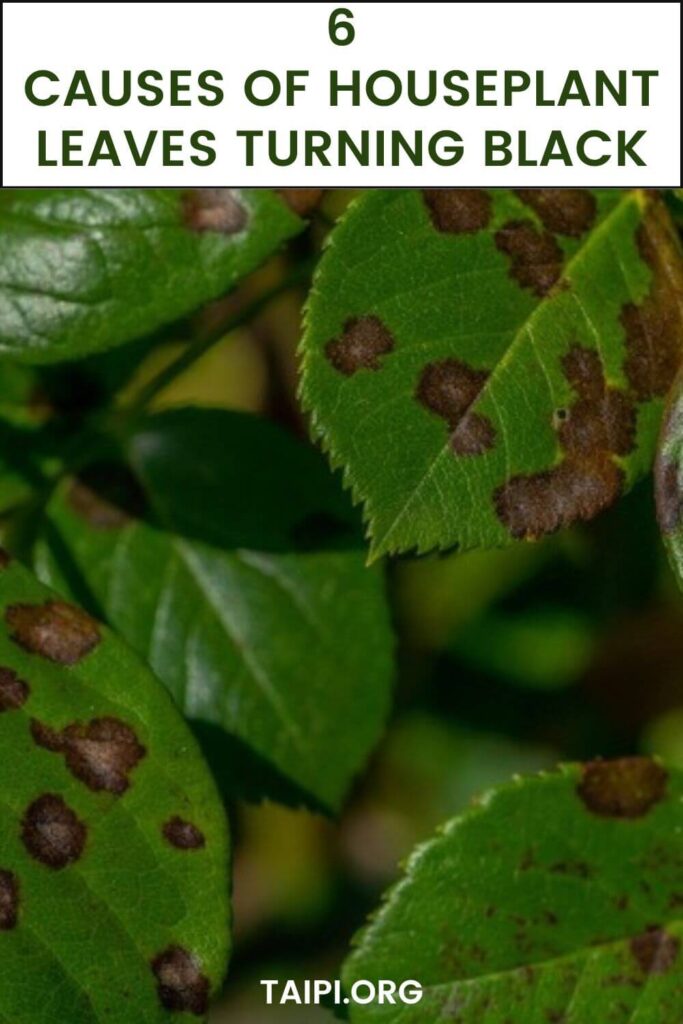
1. Overwatering
Symptoms: One of the most common causes of blackened leaves in houseplants is overwatering.
Excessive moisture in the soil can lead to root rot, a condition where the roots suffocate due to lack of oxygen. As a result, the leaves may turn black, and mushy, and eventually fall off.
Diagnosis: Check the soil’s moisture level by inserting your finger about an inch into the soil. If it feels consistently wet or waterlogged, your plant may be overwatered.
Treatment: Allow the soil to dry out between waterings to prevent further damage. Trim away any blackened or rotting roots, and consider repotting the plant in well-draining soil to improve aeration around the roots.
2. Underwatering
Symptoms: Ironically, underwatering can also lead to blackened leaves. When plants don’t receive enough water, they may wilt and their leaves can develop black edges or spots due to stress.
Diagnosis: Check the soil regularly to ensure it doesn’t dry out completely between waterings. Wilting, dry soil, and crispy leaf edges are signs that your plant may be underwatered.
Treatment: Water your plant thoroughly whenever the top inch of soil feels dry. Consider adjusting your watering schedule to meet the specific needs of your plant species.
3. Poor Drainage
Symptoms: If your plant’s pot lacks proper drainage holes, excess water can accumulate at the bottom, leading to root rot and blackened leaves.
Diagnosis: Inspect the bottom of the pot for signs of water accumulation or root rot. If the soil feels constantly soggy or waterlogged, poor drainage may be the issue.
Treatment: Repot your plant in a container with drainage holes to improve aeration and prevent waterlogging. Use a well-draining potting mix to encourage healthy root growth.
4. Fungal or Bacterial Infections
Symptoms: Fungal or bacterial infections can manifest as black spots or patches on the leaves. These infections thrive in warm, humid conditions and can spread rapidly if left untreated.
Diagnosis: Examine the affected leaves for signs of dark, irregular spots or patches. You may also notice fuzzy growth or lesions on the leaves, indicating a fungal infection.
Treatment: Remove and destroy any infected leaves to prevent the spread of the disease. Improve air circulation around the plant by spacing out nearby foliage and reducing humidity levels.
You can also apply a fungicidal spray for houseplants such as Grower’s Ally Fungicide | Safe Fungicide and Bactericide for Plants (pictured ⬇) to control the infection, following the manufacturer’s instructions carefully.
5. Pests
Symptoms: Certain pests, such as aphids, spider mites, or scale insects, can damage plant tissue, leading to blackened areas on leaves. These pests may also leave behind sticky residues or webbing.
Diagnosis: Inspect the undersides of leaves and along stems for signs of pest activity. You may notice tiny insects, webbing, or sticky honeydew on the plant.
Treatment: Remove pests manually using a gentle stream of water or by wiping the leaves with a damp cloth. Use insecticidal soap or neem oil to control pest populations, repeating applications as necessary.
6. Nutritional Deficiencies
Symptoms: Lack of essential nutrients, particularly nitrogen, can result in blackened or discolored leaves. Nutritional deficiencies often manifest as yellowing or browning of the leaves, followed by blackening and necrosis in severe cases.
Diagnosis: Conduct a soil test to determine if your plant is lacking in any essential nutrients. Symptoms of nutritional deficiencies may vary depending on the specific nutrient that is lacking.
Treatment: Amend the soil with a balanced fertilizer or a fertilizer specifically formulated for the nutrient deficiency identified in the soil test.
Follow the recommended application rates to avoid overfertilizing, which can lead to further problems.
You can check this list of Best Fertilizer for Snake Plant
Leaves Turning Black on Houseplant FAQs
Q: Why are my houseplant leaves turning black?
A: Houseplant leaves can turn black for various reasons such as overwatering, underwatering, fungal or bacterial infections, pest infestations, nutrient deficiencies, or environmental stressors like low humidity or extreme temperatures.
Q: How can I determine the cause of blackening leaves?
A: Check the soil moisture level, inspect the plant for pests, examine the roots for signs of rot, assess the plant’s placement for exposure to drafts or direct sunlight, and evaluate its overall health and care routine.
Q: What should I do if my houseplant leaves are turning black?
A: First, identify and address the underlying cause. Adjust watering practices, ensure proper drainage, maintain appropriate humidity levels, inspect for pests, and provide suitable lighting and temperature conditions. If necessary, repot the plant in fresh soil and trim away affected foliage.
Q: Can overwatering cause black leaves?
A: Yes, overwatering is a common cause of black leaves in houseplants. It can lead to root rot, which affects the plant’s ability to uptake water and nutrients, resulting in wilting and blackening of leaves.
Q: How do I prevent black leaves on my houseplants?
A: Maintain a consistent watering schedule, allowing the soil to partially dry out between waterings. Ensure proper drainage in pots, provide adequate ventilation, avoid overcrowding plants, and regularly inspect for pests and diseases. Additionally, maintain optimal environmental conditions such as humidity and temperature.
Conclusion
By identifying the underlying cause of your houseplant’s blackened leaves and taking appropriate action, you can help restore its health and vitality. Observing your plant closely and providing proper care will contribute to its overall well-being and longevity.

